Ethnic killings surge in Pakistan's Balochistan as separatist violence intensifies
Analysts link rise in anti-Punjabi attacks to post-war instability, growing Baloch militancy

Asma Kundi
Producer, Islamabad
Asma Kundi is a multimedia broadcast journalist with an experience of almost 15 years. Served national and international media industry as reporter, producer and news editor.

Rescue personnel transfer the body of a bus passenger into an ambulance, a day after he was killed in a militant attack in the Zhob district of Pakistan's Balochistan province on July 11, 2025.
AFP
A sharp escalation in targeted ethnic killings in Pakistan’s restive Balochistan province is raising alarm among security experts, with separatist insurgents increasingly focusing on Punjabi civilians in a wave of violence that follows this year’s brief but destabilizing conflict between India and Pakistan.
Insurgent groups such as the Baloch Liberation Army (BLA) have dramatically intensified operations across the mineral-rich but impoverished province, claiming hundreds of attacks in what analysts describe as a transition from low-intensity rebellion to a coordinated, ideologically driven insurgency.
Civilians targeted by ethnicity
The July 10 massacre in Zhob district marked a grim turning point. Nine Punjabi civilians were pulled off passenger buses and executed after their identity cards were checked. It followed a disturbing pattern of attacks where ethnicity determined survival — a trend previously seen in the late 2000s but now re-emerging with greater intensity.
Earlier this year, seven Punjabis were killed in Barkhan on February 19, and three more in Uthal on May 9 — all reportedly targeted after verification of their ethnic identity.
Analysts say the BLA views Punjabis as symbols of federal dominance and economic exploitation, particularly linked to multibillion-dollar China-Pakistan Economic Corridor (CPEC) projects running through the province.
“This new generation of militants is not just fighting with guns,” said Amir Rana, director of the Pakistan Institute for Peace Studies. “They are responding to what they see as decades of exclusion and exploitation.”
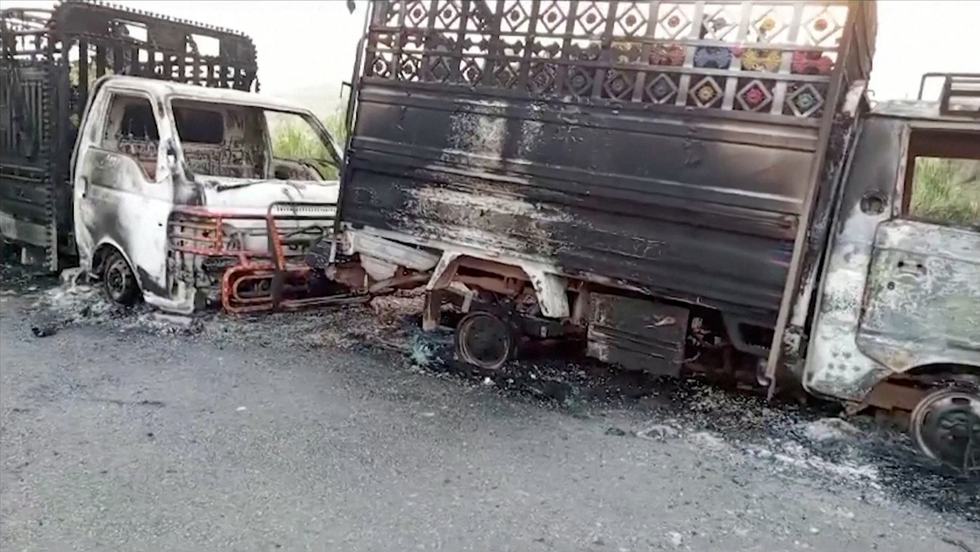
2025 becomes one of Balochistan’s bloodiest years
According to security data, the first half of 2025 has been one of the deadliest in Balochistan in over a decade. The BLA alone has claimed 284 attacks, including 121 bombings, three suicide missions, and a 25-person death toll from the hijacking of the Jaffar Express train on March 11–12.
Coordinated attacks from May 10–12 hit 71 locations, killing at least 51 people. In Khuzdar’s Zehri town in January, insurgents burned government offices, and in Surab, a 100-person assault on Levies posts and vehicles marked one of the largest attacks in recent years.
The rise in female suicide bombers — notably in “Operation Herof” — is another sign of changing tactics and deeper ideological conviction among insurgent ranks.
Post-war fallout fueling insurgency?
Experts believe the brief India-Pakistan war in May provided the opening insurgents needed. As Pakistan’s military refocused eastward following Indian strikes on May 7, Baloch insurgents capitalized on the diverted attention to revive sleeper cells and expand their operational zones.
“The violence is likely to intensify in the coming months,” warned Imtiaz Gul, executive director of the Centre for Research and Security Studies in Islamabad. “These killings are part of a broader proxy conflict exploiting Pakistan’s internal fault lines.”
Pakistan has long accused India of supporting separatists in Balochistan, pointing to the 2016 arrest of Indian intelligence operative Kulbhushan Jadhav. Officials now argue that the scale and timing of the latest attacks suggest external support.
Attacks increasingly go unclaimed
A new tactic has emerged: strategic silence. Many recent attacks, including the July 10 Zhob massacre and the May 21 Khuzdar school bus bombing, went unclaimed. But their patterns — identity-based targeting, use of explosives, and remote coordination — bear the hallmarks of BLA and its affiliates.
Some experts say this may be deliberate. The BLA, now fractured into factions such as BLA-Jeeyand and BLA-Azad, may want to distance itself from civilian killings to preserve its image internationally.
“I think the aim is to confuse the authorities,” said Gul. “But their objective is clear — to create instability.”
The Baloch Liberation Front (BLF), another insurgent group, has claimed over 300 attacks this year alone, complicating attribution and response.

Shift from sectarian to ethnic-nationalist violence
Historically, extremist violence in Balochistan targeted the Hazara Shia minority, often at the hands of sectarian outfits like Lashkar-e-Jhangvi. But in recent years, the focus has shifted toward ethnic-nationalist killings, with Punjabis increasingly in the crosshairs.
The Musakhail massacre in August 2024, which left 23 Punjabis dead, and the November 2024 targeted killings in Nushki both underscore this trend. The goal, analysts say, is no longer just to terrorize, but to strike at the perceived demographic and economic pillars of state control.
“Feelings of deprivation among Baloch youth have intensified,” said Rana. “Especially toward Punjabi communities seen as beneficiaries of the province’s resources.”
Growing insecurity threatens Pakistan’s economic future
Beyond the human toll, the insurgency threatens CPEC infrastructure and Chinese personnel working in Balochistan. Pakistan’s strategic ambitions and foreign investment plans could be at risk if violence continues to rise.
Senior journalist Shehzada Zulfiqar told Nukta that fluctuations in militant activity have long defined the province’s security landscape.

“Whenever security forces intensify operations, attacks decline temporarily,” he said. “But they always resurface when an opportunity arises.”
He said targeting of Punjabis was not new, noting that at one point, authorities even banned nighttime bus travel in certain districts as a preventive measure.
A long war looms
If the current trajectory continues, observers warn, Balochistan could slip deeper into prolonged conflict. With insurgents emboldened by geopolitical distraction and an evolving ideological narrative, Pakistan faces a growing challenge in restoring order in a region critical to its national cohesion and economic ambitions.
The rising violence, shaped by history and accelerated by war, may now be entering its most dangerous phase yet.


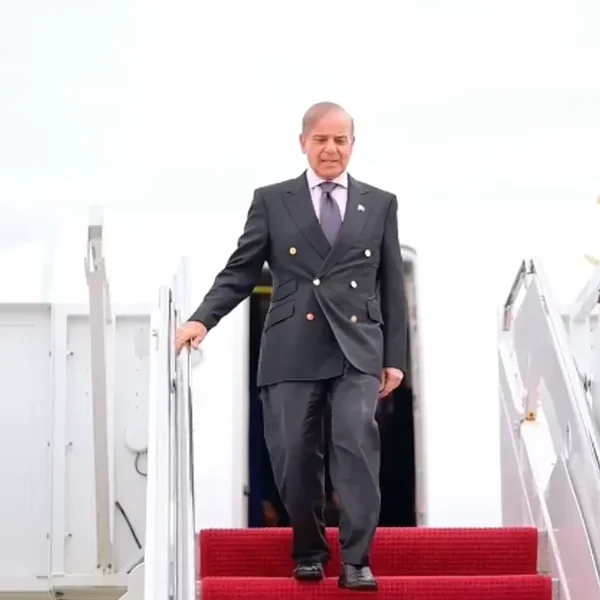

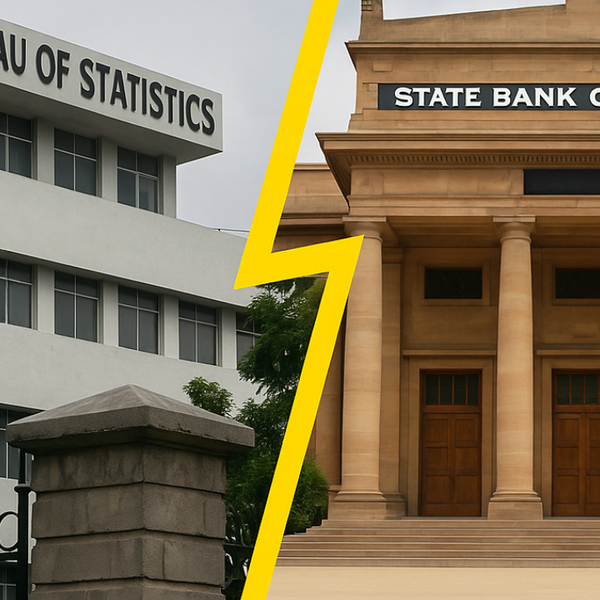
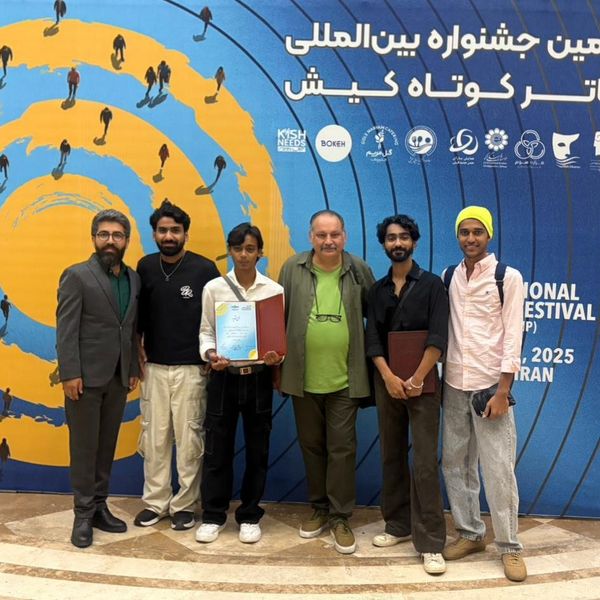

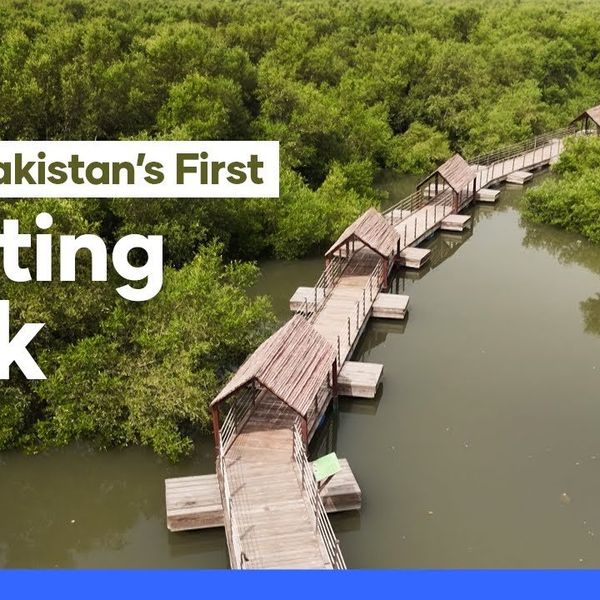


Comments
See what people are discussing